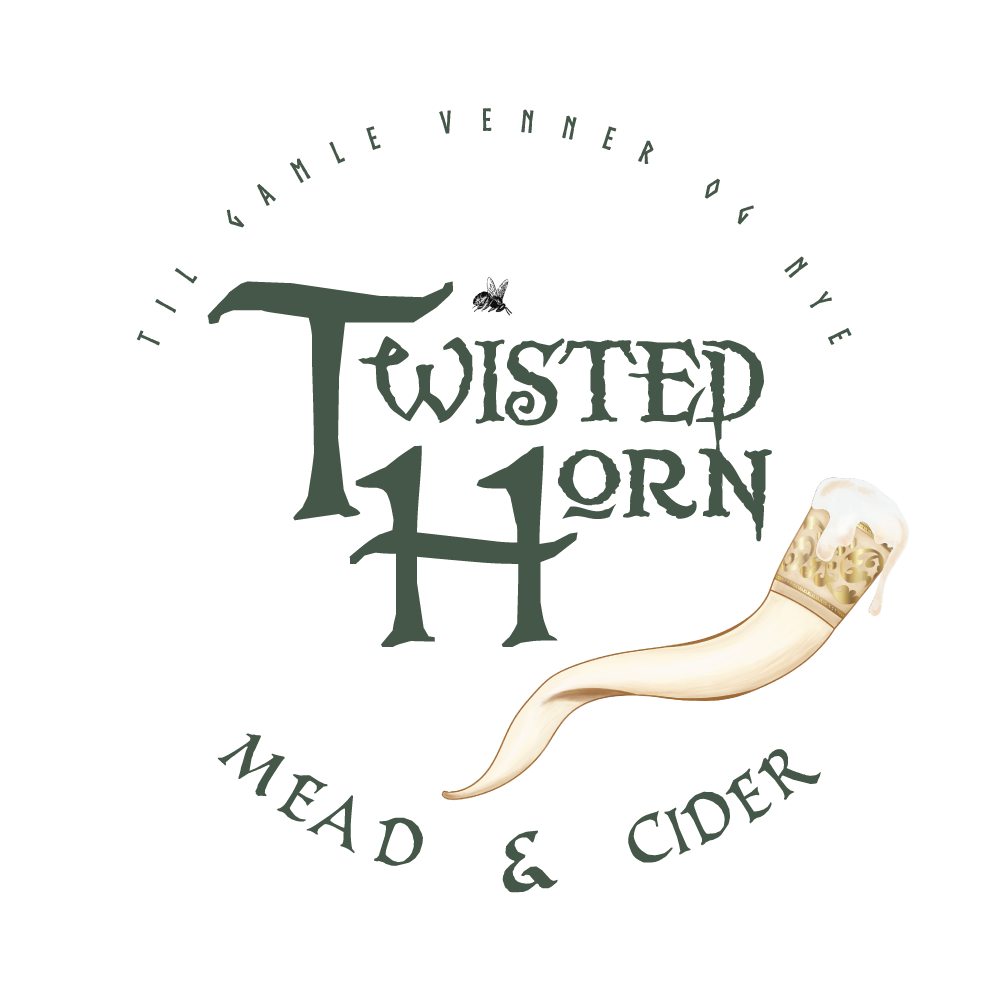Mead vs Wine: How are Mead and Wine Different?
Mead vs Wine, a common debate held throughout history, since wine and mead have been prominent alcoholic beverages. They’ve withstood the test of time, and are often developed to have different flavors for different occasions. While both are enjoyed equally, a question is often asked in the Mead vs Wine debate;
what are the differences between mead and wine?
What sets them apart?
In this article, we’ll take a dive into the history of mead and wine and the differences between the two.
Naturally, we’ll start with a bit of history.
Wine History vs Mead History
Both wine and mead date back thousands of years, however when it comes to wine history vs mead history, both date to different cultures. Mead can be traced back thousands of years to early cultures in China and India, it’s actually believed the first documented use of mead is from 4000 years ago in India. Not only was it popular amongst Asian culture, but it is also actually considered incredibly important in Nordic and Celtic mythology. Greek cultures also believed mead was important for health and creativity, being seen as a gift from their Gods because it was made from honey which has healing properties, and when fermented is how mead is made (but we’ll get to that in a bit!).
Similarly, the origins of wine also trace back to 7000 BC in China, where the first documented wine was made in clay jars. Because of how it was stored and made during this time period, it’s suggested that wine was intended to be used for ceremonial purposes. Not only was wine found in early Asian cultures, but it was also found in early Egyptian culture, and what is believed to be the first winery was found in the mountains of Armenia. After the Phoenicians started the wine trade, Greek and Roman cultures also started using wine for ceremonies and celebrations, dedicating specific gods to the drink. From there, wine production flourished and rose to the popularity we see today!
So far, both mead and wine have similar roots in history, so what sets them apart?
The Big Question: What Are The Differences Between Mead and Wine?
In the debate of mead vs wine, while both drinks can be sweet or dry, they’re actually incredibly different. If we had to pick, we would actually say mead is a closer relative to beer than wine. To start, wine requires grapes, specific combinations of grapes, to make the specific flavor. Because of this, wineries are typically only in specific locations to provide the best resources for the grapes. In contrast, mead can be made just about anywhere because it doesn’t require the specific environment that wine grapes do. Mead is also made from honey and can have different spices or fruit added in to create a flavor, where wine flavors are dependent on the type of grape used, as well as the time of harvest.
To make mead, you need honey, other sugars, and then spices or fruits depending on what flavor you would like to produce. You combine those ingredients with water and yeast and let them ferment over four weeks to 4 months, and then you have your very own mead! The process is much less complicated than that of making wine. Of course, with everything, it can take a while to perfect or to find a flavor that you enjoy, but the overall work is more simplified and easy to do in comparison. For mead, you can also usually find recipes online, or if there’s a specific flavor you like you can try and replicate it based on the label of the bottle.
Wine, once again, is a little pickier. Depending on the wine you’re making, you’ll have to pay close attention to the harvest season because the age of the grapes can affect the acid level which can affect the flavor. If you’re making red wine, you’ll leave the skins in during fermentation, but if you’re making white wine you discard the skins after crushing them. Wine varieties require wine grapes so if you’re trying to make a Merlot or a Chardonnay for example you’ll have to pick that specific grape type and follow that specific process. Although grape skins are covered in natural local yeast, additional yeast can be used to speed up and control the fermentation. Wine also typically requires a longer aging period after fermentation to round out and develop the final flavor.
That was a lot of information for this mead vs wine debate, but here are the wine vs mead basic ingredients to help paint a clear picture:
Mead: Honey, water, yeast, spices (optional), fruit (optional)
Wine: Specific wine grapes for your wine, yeast (optional), patience
The Conclusion
Mead vs Wine is a personal choice depending on each individual and their current mood, and both are great for celebrations and ceremonies. Given both have historical roots, different ingredients, but are enjoyed by many, there isn’t any way to go wrong with your pick. You can enjoy a nice glass of wine at the end of the day, or you can also enjoy a nice glass of mead, or if you’re feeling like the day was particularly rough you might have a glass of both. Personally, here at Twisted Horn, we advocate for mead, but we won’t hold it against you if you decide to reach for the wine.

